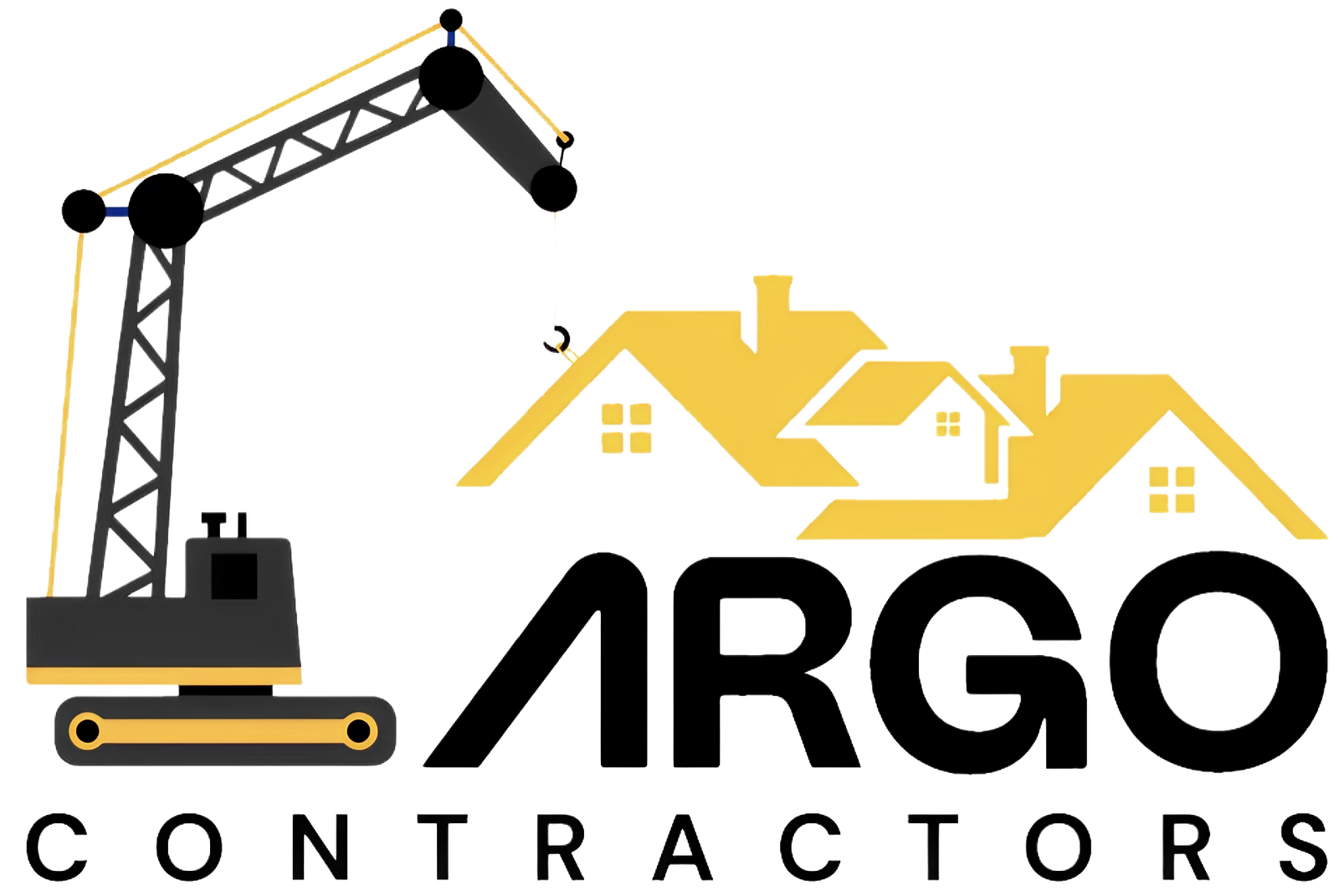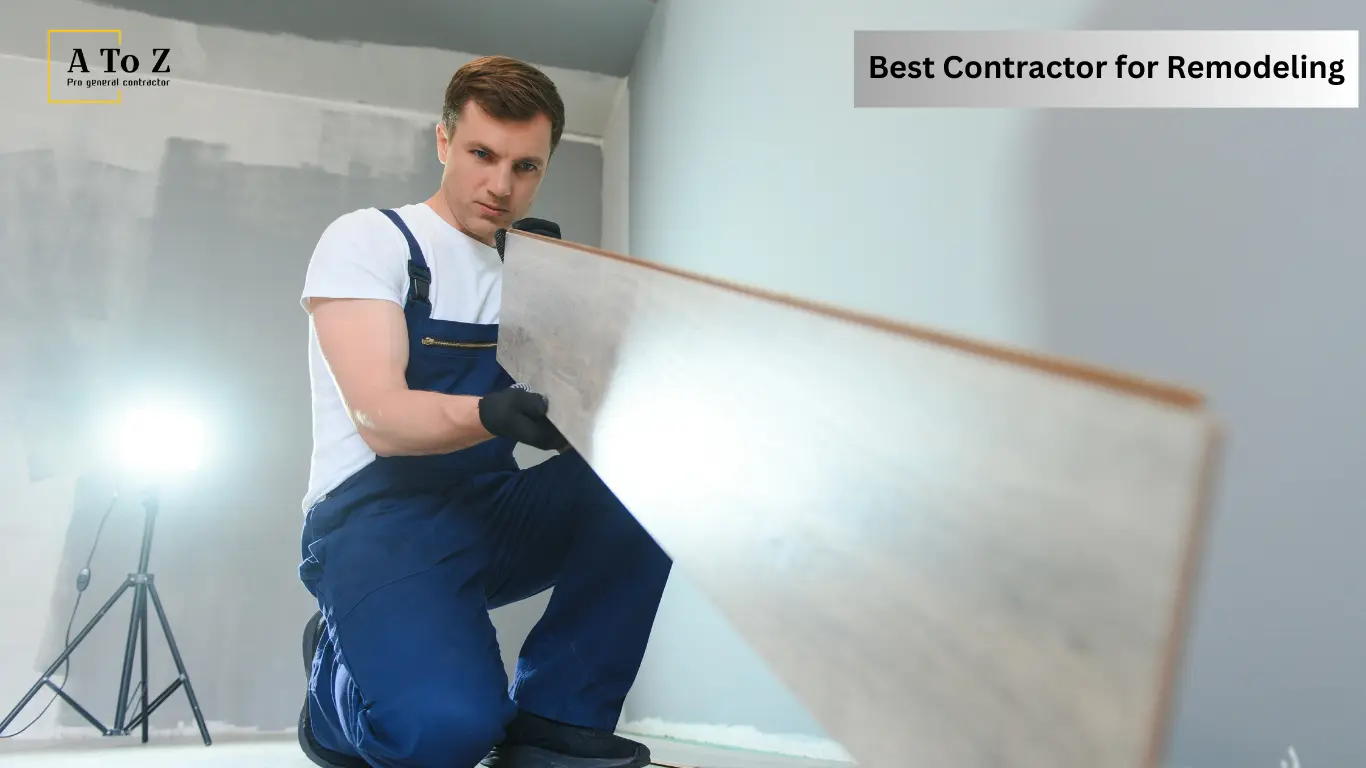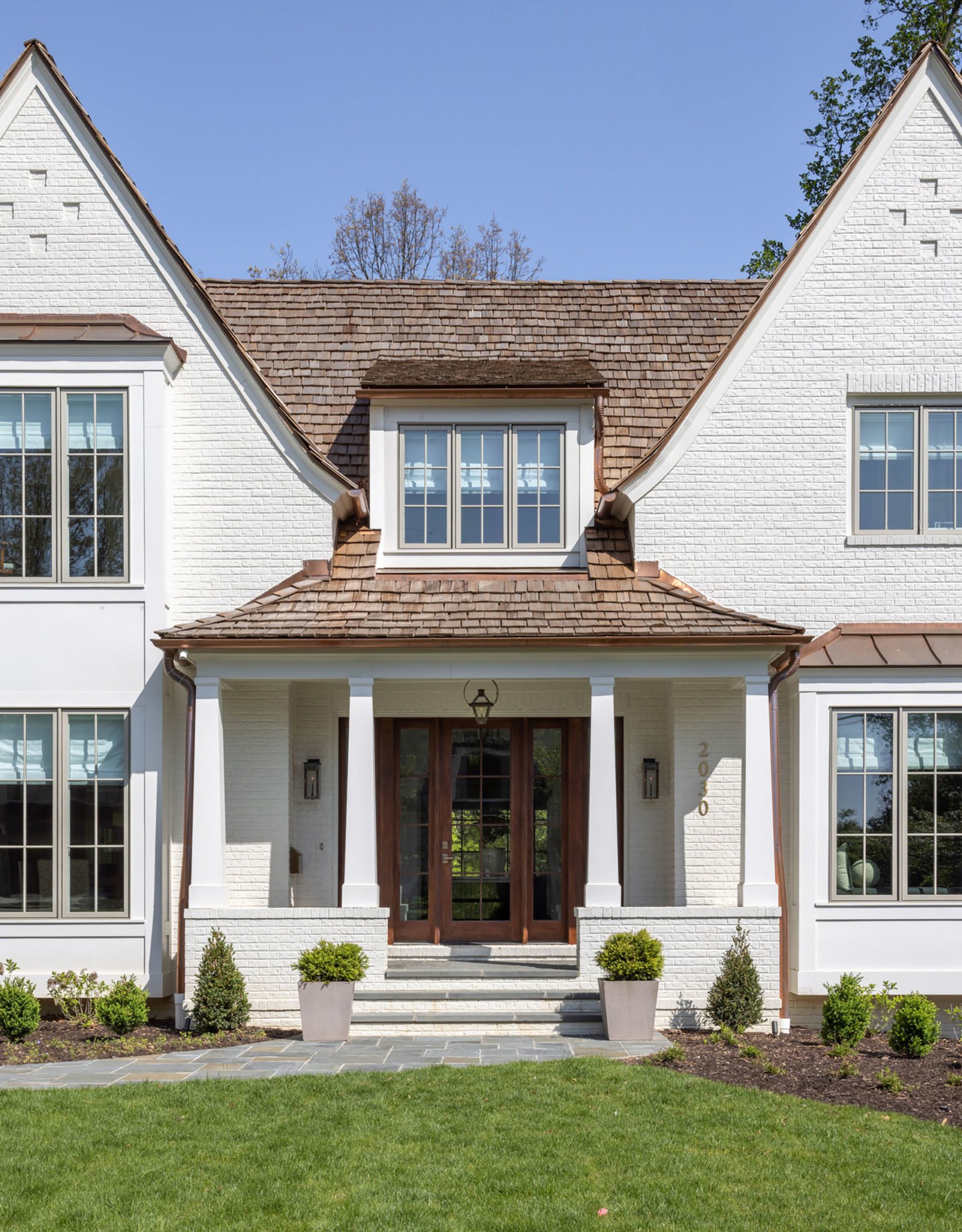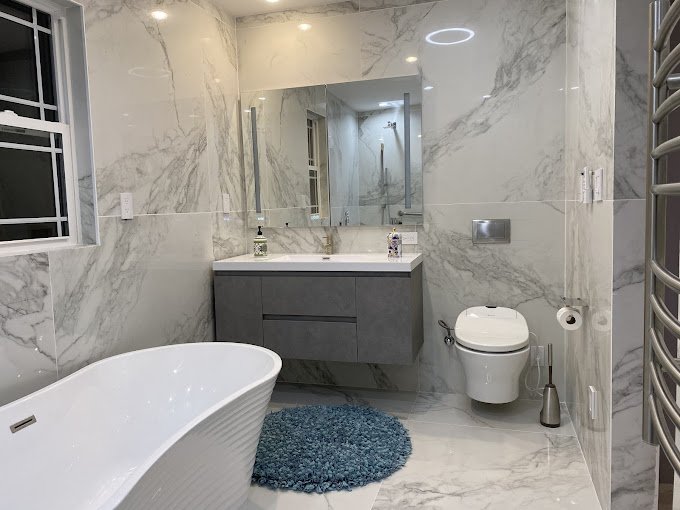When it comes to protecting your home, few components are as vital as the roof. Not only does it shield your home from the elements, but it also contributes significantly to your property’s curb appeal and value. Choosing the right roofing material is a decision that combines aesthetics, functionality, durability, and budget considerations. To help you make an informed decision, let’s break down some of the most popular Roofing Materials and their pros and cons.
Asphalt Shingles
Asphalt shingles are the most common Rroofing material in the United States, and for good reason. They’re affordable, versatile, and relatively easy to install.
Pros:
- Cost-Effective: Asphalt shingles are one of the least expensive roofing options.
- Variety: Available in a wide range of colors, styles, and textures to match any home aesthetic.
- Ease of Installation: Quick and straightforward installation process, which can save on labor costs.
- Durability: With proper maintenance, they can last 20-30 years.
- Energy Efficiency: Some asphalt shingles are designed to reflect sunlight, reducing cooling costs.
Cons:
- Shorter Lifespan: Compared to other materials like metal or tile, asphalt shingles don’t last as long.
- Vulnerability to Weather: Extreme temperatures and severe storms can damage shingles, leading to frequent repairs.
Metal Roofing
Metal roofing has gained popularity for its modern look and exceptional durability. It’s an excellent choice for homeowners seeking a long-lasting and energy-efficient option.
Pros:
- Longevity: Metal roofs can last 40-70 years, depending on the material.
- Durability: Resistant to harsh weather conditions, including heavy snow, rain, and high winds.
- Eco-Friendly: Often made from recycled materials and fully recyclable at the end of their life span.
- Energy Efficiency: Reflects sunlight, keeping homes cooler in hot climates.
- Low Maintenance: Requires minimal upkeep.
Cons:
- Higher Initial Cost: The upfront cost of metal roofing can be significant.
- Noise: Rain or hail can create noticeable noise, although this can be mitigated with insulation.
- Complex Installation: Requires specialized labor, which can increase installation costs.
Clay and Concrete Tiles
Clay and concrete tiles are known for their distinctive and timeless appearance, often seen on Mediterranean and Spanish-style homes.
Pros:
- Aesthetic Appeal: Offers a unique, elegant look that boosts curb appeal.
- Durability: Resistant to fire, pests, and rot, with a lifespan of 50+ years.
- Energy Efficiency: Excellent thermal properties that help regulate indoor temperatures.
- Low Maintenance: Requires minimal upkeep over its long life span.
Cons:
- Weight: These tiles are heavy and may require additional structural support.
- Cost: Higher material and installation costs.
- Brittleness: Although durable, tiles can crack under heavy impact, requiring replacement.
Slate Roofing
Slate is a premium roofing material that’s prized for its natural beauty and unmatched durability. It’s often found on historic and high-end homes.
Pros:
- Longevity: A properly installed slate roof can last 75-100 years or more.
- Aesthetic Appeal: Natural slate offers a sophisticated, classic look.
- Fire Resistance: Slate is non-combustible, making it an excellent choice for fire-prone areas.
- Eco-Friendly: A natural material that can be recycled.
Cons:
- High Cost: Slate is one of the most expensive roofing materials, both in terms of material and installation.
- Weight: Like clay and concrete tiles, slate is heavy and may require structural reinforcement.
- Complex Repairs: Replacing damaged tiles requires skilled professionals, adding to maintenance costs.
Wood Shingles and Shakes
Wood shingles and shakes are a popular choice for homeowners seeking a rustic or natural aesthetic. Commonly made from cedar, redwood, or pine, they add charm and warmth to a home.
Pros:
- Natural Beauty: Offers a unique, earthy appearance that blends well with natural surroundings.
- Energy Efficiency: Provides good insulation, keeping homes warmer in winter and cooler in summer.
- Longevity: With proper maintenance, wood roofing can last 30-40 years.
Cons:
- Maintenance: Requires regular treatment to prevent mold, rot, and insect infestation.
- Fire Risk: Without proper treatment, wood roofs are susceptible to fire.
- Cost: While not as expensive as slate, wood shingles and shakes are more costly than asphalt.
Synthetic Roofing Materials
Synthetic roofing materials, such as rubber, plastic, or polymer-based products, are designed to mimic the appearance of natural materials like slate or wood while offering improved performance.
Pros:
- Versatility: Can replicate the look of more expensive materials at a lower cost.
- Lightweight: Easier to install without requiring structural reinforcement.
- Durability: Resistant to weather, impact, and fading.
- Eco-Friendly Options: Some synthetic materials are made from recycled products.
Cons:
- Cost Variability: While less expensive than natural materials, some high-end synthetic options can still be pricey.
- Relatively New: Limited long-term performance data compared to traditional materials.
Green Roofs
Green roofs, also known as living roofs, feature vegetation planted over a waterproof membrane. They’re an eco-friendly option gaining traction in urban and sustainable home designs.
Pros:
- Environmental Benefits: Improves air quality, reduces urban heat islands, and provides natural insulation.
- Aesthetic Appeal: Adds a unique, lush look to your home.
- Energy Efficiency: Regulates indoor temperatures and reduces heating and cooling costs.
- Stormwater Management: Absorbs rainwater, reducing runoff.
Cons:
- Maintenance: Requires ongoing care to maintain the vegetation.
- Cost: Installation and upkeep can be expensive.
- Structural Requirements: Needs proper support to handle the added weight.
Choosing the Right Roofing Material for Your Home
When selecting a roofing material, consider the following factors:
- Climate: Some materials perform better in specific climates. For example, metal roofs are ideal for snowy areas, while clay tiles excel in hot, arid regions.
- Budget: Determine how much you’re willing to spend on materials and installation. Don’t forget to factor in long-term maintenance costs.
- Aesthetic Preferences: Choose a material that complements your home’s architectural style and enhances curb appeal.
- Durability: Consider the lifespan and durability of the material, especially if you plan to stay in your home long-term.
- Energy Efficiency: Energy-efficient roofing can save money on Heating and Cooling over time.
- Environmental Impact: Look for eco-friendly options if sustainability is a priority for you.
Final Thoughts
The roof is one of the most critical investments you’ll make in your home. By understanding the advantages and drawbacks of each roofing material, you can select the option that best suits your needs, style, and budget. If you’re unsure where to start, consult with a Professional Roofing Contractor to guide you through the process. At Argo Contractor, we’re here to help you make the right choice and ensure your home stays protected for years to come.









